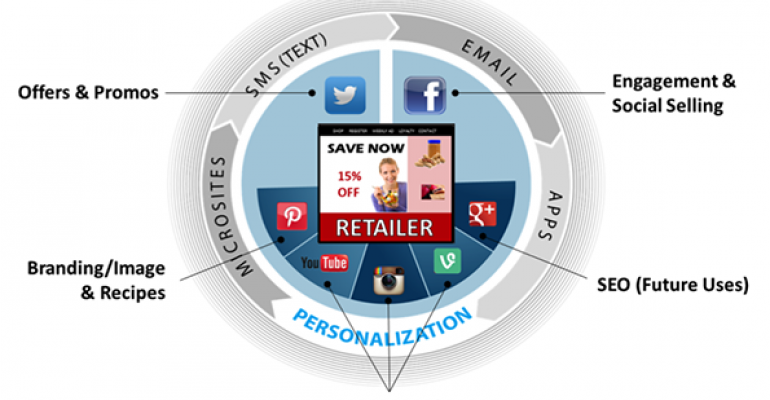The term “omni-channel” has become so pervasive that it may soon be added to the list of phrases found in the corporate game, Buzzword Bingo. While there’s no disputing its importance, I find it odd that there are so many interpretations and arguments over the term. Some see omni-channel as digital engagement, while others think it has more to do with order picking, home delivery, and/or pick up. Still others argue that omni-channel is a misnomer because it’s not technically omni (all) channels. If I sell my goods in a physical store and through my proprietary mobile app, but don’t offer hardcopy catalogue sales, is it really omni-channel? What about the likes of vending, multi-level marketing, fund raising, etc.? These are all viable channels in the conventional sense. And if I’m engaged in omni-channel, does that mean there are no more channels for which to expand?
Maybe omni-channel is directionally accurate, and the term “omni-channel” is an error in nomenclature. Perhaps it’s nothing more than jargon gone bad. I propose — at least for the sake of this article — that we toss the term aside. If we call it something more relative, like integrated promotion, shopping and fulfillment, I believe we can avoid confusion. However, instead of starting a movement for changing the term, I will ride the horse the direction it’s going, and hopefully provide a deeper dive into the frequently misunderstood areas.
Integrated promotion, shopping and fulfillment (a.k.a. omni-channel)
First, I’ll address fulfillment since there seems to be more agreement as to what this entails. Fulfillment is simply receiving an order, filling it, and getting it to its final destination. This would include orders that are filled by the shopper (traditional in-store), picked in a DC, dark store or at the store level. Delivery would include parcel, home delivery, drive-up/drive-through or may be provided by a concierge-type service such as Instacart.
Integrated shopping is also fairly straightforward since shoppers can select the shopping paths, or combinations thereof, that best suit their needs. This includes in-store, online and mobile apps.
Promotion is the trickiest element because it requires an expanded mindset — one that goes way beyond our conventional understanding of what promotion actually means. Old school promotion meant “deal.” Promotions, just a few years ago, included such instruments as TPRs, BOGOs, circulars, displays and coupons. But promotion in an omni-channel environment is much more complex because promotion and engagement are rapidly becoming synonymous. So much so that we may need to segment promotions further by defining them as direct or indirect.

As illustrated above, direct promotional platforms include the items listed in the outer ring. These are the platforms that deliver digital offers such as coupons and circulars. These are also the items that can easily be localized — even personalized — based on the needs of the shopper and their behaviors. Similarly, Twitter and Facebook offer an avenue for digital promotions, although they are currently less personal.
The other social media services are considered indirect promotions. These are more like commercials; however, they can be linked to direct promotions. For example, a shopper finds a recipe for spare ribs on Pinterest, and then jumps to YouTube to watch a video on barbeque prep and grilling. Inside the YouTube and Pinterest posts there are links to a retailer’s site, which offers special promotions on ribs, charcoal and related picnic items.
At the center of the digital universe is the retailer’s website. All the direct and indirect promotions represent opportunities to transform the user into a buyer, and ultimately into a loyal patron — one that helps to promote your banner across other social platforms. While the retailer’s website is currently the primary path to purchase, their proprietary mobile app is likely to become the hero, since shoppers are likely to spend more than four times more time in a retailer’s app than in their browser.
What does omni-channel mean to you and what do you think retailers should focus on in the near term?





